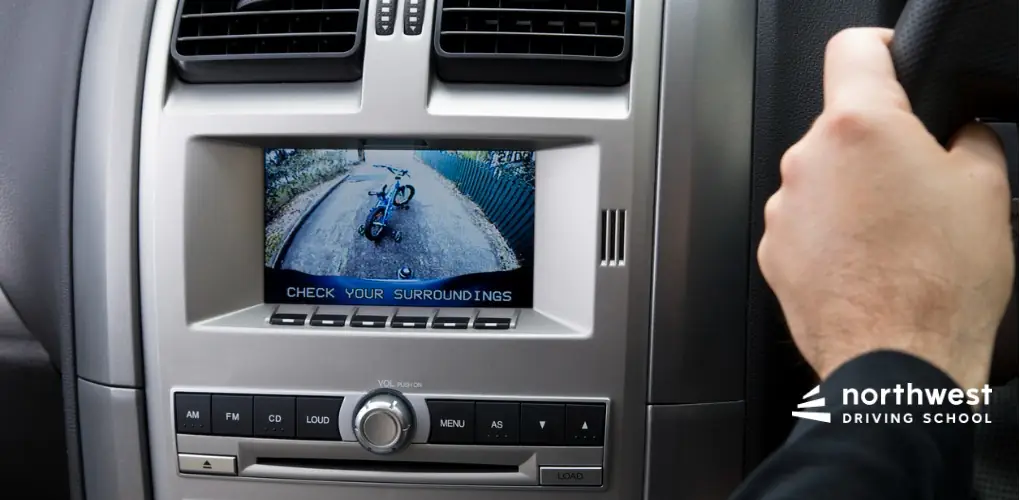- Others
How To Reverse A Car In A Straight Line

In a recent AA survey, respondents picked revering in a straight line as one of the top five most difficult maneuvers to perform in a car.
If this is one that you struggle with, and it’s understandable if you do, trying to keep in a straight line while looking over one shoulder and using a wheel you’re not looking at is difficult, here are some tips to help you reverse a car in a straight line.
Table of Contents
Find The Right Starting Position
To keep yourself in a straight line, you’ll need to start revering from the right starting position. Try pulling up fairly close to a curb and moving parallel to it to help keep in a straight line.
Try not to get too close as that will make it more difficult to not brush the curb as you are reversing. If you’re too close to the curb vehicles following, you may also think you are trying to park
Once you’re near the curb, get yourself lined up with the curb and come to a full stop. The aim here is to touch the steering wheel as little as possible when reversing, and getting lined up properly means making fewer adjustments later.
Read More: Driving in All Conditions: What You Learn Behind the Wheel
Check Your Mirrors
Before starting to reverse it’s important you check all around you.
The correct checking form is:
- Right blind spot and right door mirror
- Ahead and your middle mirror
- Left mirror and left blind spot
- Look at driveways and junctions for other vehicles coming out.
Other things to keep an eye out for are bicycles, motorbikes, and pedestrians who are on the pavement but may step out from between parked cars. Remember, if you are reversing, you are traveling in the wrong direction, so other road users have priority over you.
Look Out Of The Back Window
Once you’ve done your checks and are sure no other road users are approaching, turn to look out of the rear window and release your handbrake.
You’re looking out of the back window because using your mirrors only allows you to see a limited area, but turning around to look out of the window allows you to make use of your peripheral vision.
Start Reversing Slowly
When reversing, your aim should be to move the car as slowly as possible. Ideally, you should be traveling at about 1 mph or less.
It’s easy to miss bikes, pedestrians, and other road users when traveling backward so keeping your speed as low as possible is the safest option.
Remember that other road users may not notice your reversing lights, so be prepared for them to get too close to you. If this does happen, stop and tap your brakes to draw attention to your reversing lights.
Read More: A Beginner’s Guide to the Most Common Parking Types
Stop To Allow Others To Pass
While you are reversing, other road users who are traveling in the correct direction of travel have priority. This means that if they want to pass you, you are obliged to stop your car and allow them to pass.
If a car comes within the standard safety bubble of within two car lengths of you, come to a full stop and allow them to pass.
Remember to keep an eye out for bicycles or motorcycles coming up in you blind spots or pedestrians looking to cross the road either behind or in front of you, or coming out from between two parked cars.
Don’t Sit In Reverse Gear
Once you have finished reversing, the first thing you need to do is take the car out of reverse gear.
Staying in reverse gear can be misleading for other road users who may think you are still about to reverse.
As with most driving techniques, perfecting your reversing skills will take time and effort, but if you follow these simple rules, you will get to grips with revering in a straight line faster.
At first, the best place to practice is a quiet road or an empty car park. If you are in a car park, you can practice steering while reversing to understand how the car reacts while traveling backward.
Expert Defensive Driving
We make no bones about it; we believe that Northwest Driving School provides affordable driving lessons in Las Vegas, no matter your age or background. We are proud of the fact that 98% of our students pass their test on the first try. Call us at (702) 212-5667 to start your driving adventure with one of our expert instructors.


